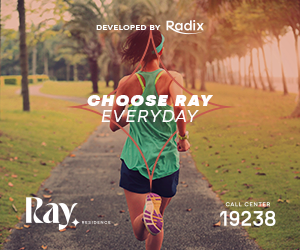How has the beauty industry developed in the Kingdom of Saudi Arabia?
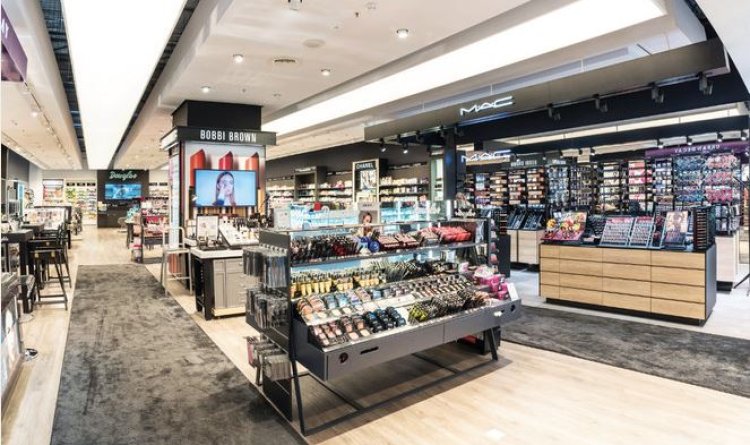
Beauty has always been a big thing in Saudi Arabia, but over the past few years the cosmetics market has grown significantly.
According to a recent report titled “Deciphering the Cosmetics Consumer in the Gulf Cooperation Council (GCC)” – released in July 2023 by Dubai-headquartered luxury retailer Chalhoub Group – Saudis are the biggest spenders on such products. In the Middle East.
2600 consumers
The report, which combined its findings from 2,600 consumers, a four-day ethnography with 30 participants, and more than 15 expert interviews, focused its findings around three key pillars: trends in consumer purchasing behavior, definition of beauty standards in the region, and the most attractive segments of GCC customers. Gulf Cooperation.
Saudi beauty market
“The Saudi beauty market is an emerging market with an amazing opportunity to achieve a lot of development, and is currently witnessing rapid growth, especially in the luxury, beauty and fashion category,” said Larabella Riad, founder and CEO of The BDinc, a young cosmetics distribution company based in the Dubai Design District. “It makes it one of the fastest growing markets in the GCC.”
“Several factors contribute to this growth, one of which is that more than half of the population is under 30 years old” Riad added.
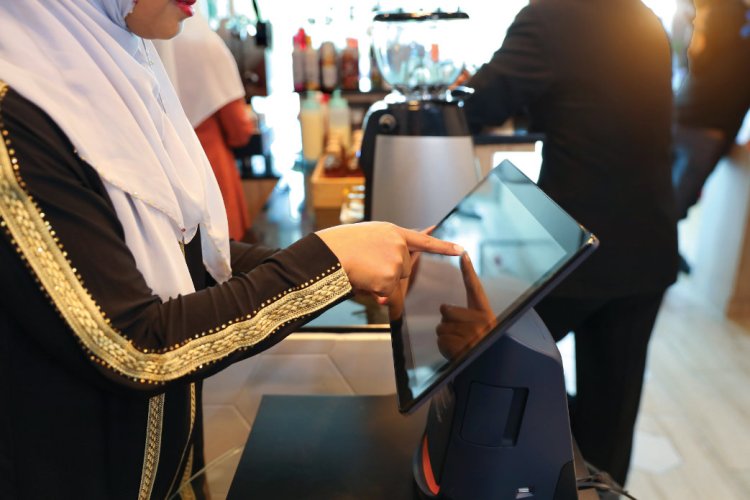
Cosmetics retailers
The executive noted that there are several strong beauty retailers in Saudi Arabia, with companies such as Sephora, Faces and Al Nahdi developing their beauty offerings to keep up with the rapid growth within the sector.
As Riyad asserts, and the Chalhoub report also states, Saudi women are “the ones who use makeup and perfume the most and derive most of their inspiration from social media.”
Traditional retail trade
The report also indicates that traditional retail in the Kingdom is the main purchasing channel, with a 46% share of spending on perfumes, an essential product for the Middle East beauty market.
Saudi women also focus heavily on eye products, as these products are of great importance in their beauty and makeup routines. The percentage of eye shadow and mascara rose to 71 and 83 percent, respectively, during three months of this year.
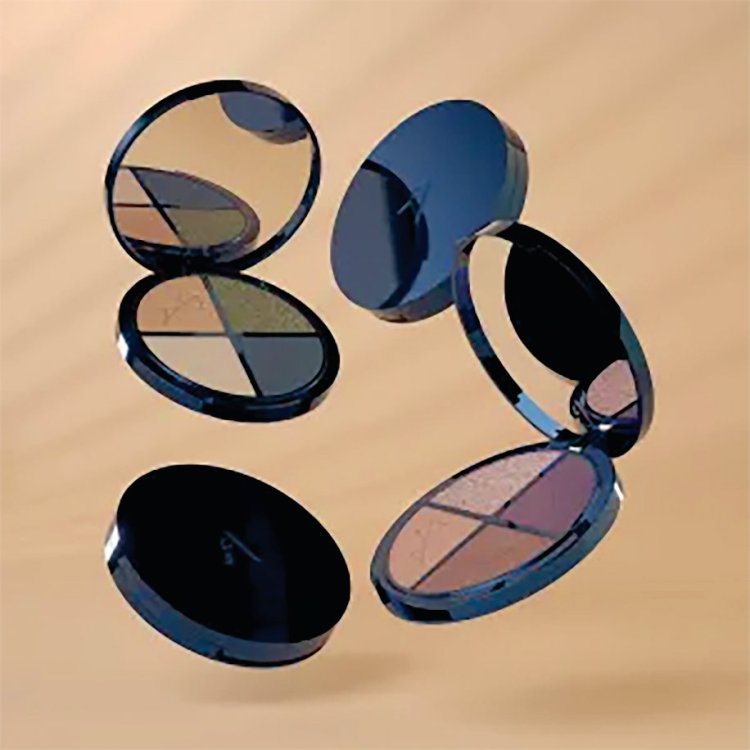
Saudi cosmetics market
According to specialized market research, the Saudi beauty products market is expected to grow at a compound annual growth rate of 5.6 percent between 2023 and 2028, driven by increasing demand for organic and personal care products.
“Saudi customers are also smart and are not afraid to mix brands as they can easily identify the best sellers from each brand,” Michaela Naidoo, Head of Marketing and Communications at BDinc, said in a press statement.
She added that the changing social and cultural norms in Saudi society have increasingly focused on self-expression and individuality.
“This shift has led to greater acceptance of beauty and cosmetic products,” Naidu said.
Economic diversification of the Kingdom
The CEO identified other factors that have led to growth in the market, including the Kingdom's economic diversification away from a solely hydrocarbon-based economy.
“The change has increased disposable income and consumer spending on luxury and beauty products,” she says. “Digital transformation is another thing. The rise of e-commerce and social media has made beauty products more accessible to a wider audience.
Naidu added that online platforms provide consumers with easy access to a variety of merchandise and trends, which directly leads to increased brand awareness and education about the industry in the Kingdom.
Halal beauty products in the Kingdom
There is also a growing demand for halal beauty products in the Kingdom as Muslim women become more involved in society.
The appeal of the beauty industry has won over companies and consumers around the world.
According to a report by market research agency McKinsey & Co, which specializes in skin care, fragrances, makeup and hair care, it generated revenues of around $430 billion in 2022.
This is expected to reach nearly $580 billion by 2027, a growth rate of 6 percent per year.
While the report said China remains the industry's largest market, it is expected to stabilize at 8 percent growth, while the United States will record a compound annual growth rate of about 6 percent.
It is worth noting that the report highlights the shift in the concept of beauty in the GCC market away from adopting European ideals to a desire for more Arab and Middle Eastern features.
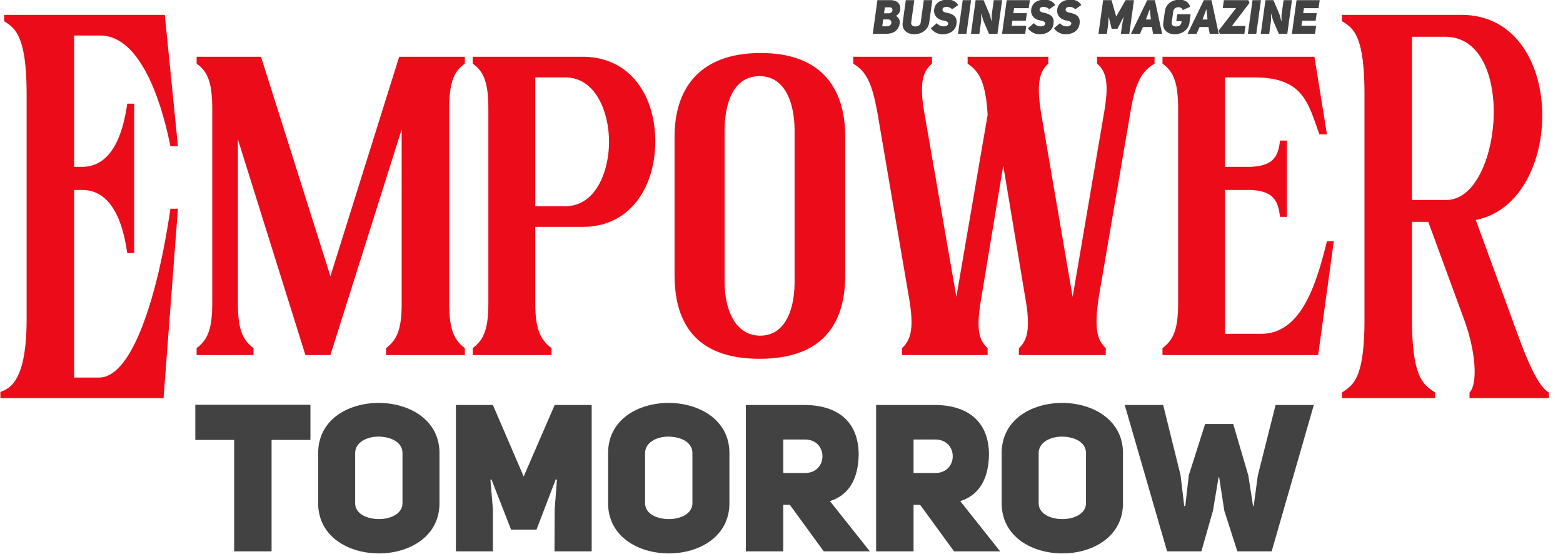

 Shrouq
Shrouq 











